Discover the world of different types of paintings. Each paint medium offers unique possibilities to help you create art that evokes a mix of emotions and beautifully captures moments or ideas. Make rich and complex details with the oil paint, or present art delicately with the ethereal and transparent watercolors.
Understanding the different paints can help you make the right choices and open up new horizons for your creativity.
Oil Paint
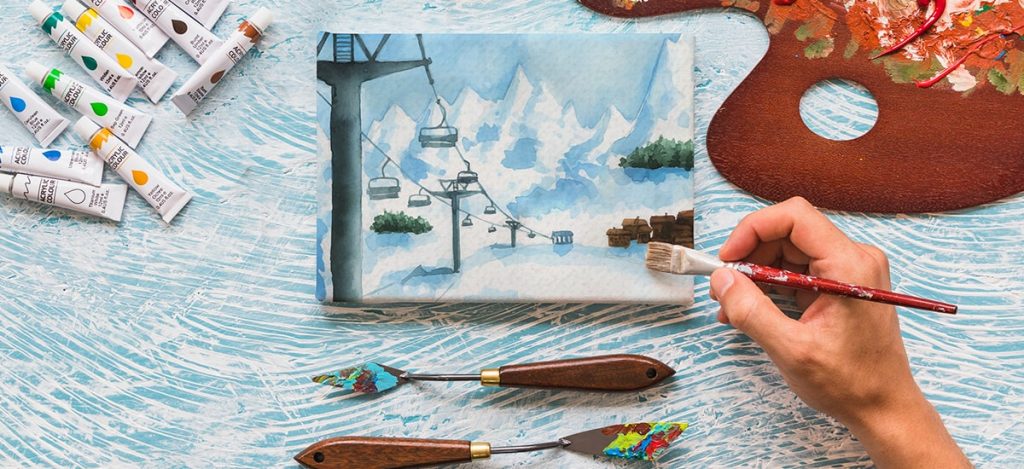
Oil paint is a suspension of color pigments in an oil base. They are highly viscous and slow drying. It allows artists to blend and layer the color to create a sense of depth, vibrance, and richness in the painting.
You can apply the oil paint thickly or thinly. You can apply oil paintings on surfaces, including canvas, cardboard, wood, metal, glass, wall, and more.
The paint is slow drying, so it is difficult to layer a correction over an inadvertent stroke or changed decision on the canvas. The painting may look dry on the surface but take weeks to dry completely.
To dilute the paint, you have to use oil and require special solvents for cleaning brushes. The solvents can be harmful if not handled properly.
Gouache paint
Gouache is similar to watercolors but offers a more opaque effect and matte finish to the paintings. It can be used to create relatively solid and vibrant paintings. Gouache paints can be watered down and washed easily.
Acrylic Paint
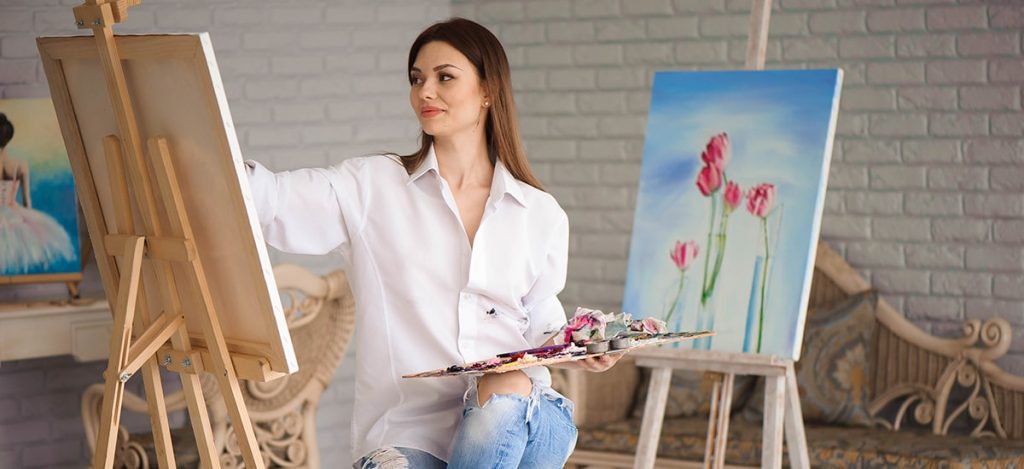
Acrylic paint is a popular choice for its fast-drying time and easy cleanup. You can work quickly, add more layers in a short period, and make changes more easily than in oil paintings.
The paint can be diluted with water and it is easy to blend or mix colors.
After drying the paint forms a polymer (acrylic) coating giving a glossy finish to the subject. Once dry it cannot be reactivated with water, this makes the paint set permanently.
The brush can be cleaned with water and soap unlike in oil painting, making it more favorable in this regard. All these factors make acrylic paint a great option for all skill levels.
Tempera Paint
Tempera is very popular among beginners as it is inexpensive compared to acrylics. It is also a fast-drying paint that can be diluted with water and allow for easy color mixing and cleaning.
It is made by suspending color pigments in a water-based binder like egg yolk. Tempera paintings have a matte finish.
The tempera colors are more subdued than the acrylics. It is not as durable as the acrylics as the painting can be reactivated with water and does not set permanently the way acrylics do.
Watercolor paint

Watercolor is made from pigments suspended in water. It creates delicate and transparent art. The paint is usually applied on paper. Both the pigments and the water get absorbed by the paper to give a soft and natural-looking texture. The kind of paper used and how much it absorbs affect your painting greatly.
The absorption and the transparency make watercolor paintings a challenge to correct. On the other hand for the same reason, it offers amazing possibilities even with a limited color palette.
Learning to mix effectively with water and control the gradient in the tint of the paint as you apply it on canvas or paper, can make it a difficult choice for beginners.
The paint can be watered down and applied thinly to create a soft, light, and airy effect. Using less water it can be applied more heavily for a solid and opaque effect. However, even then it is no match to the opacity the mediums discussed above offer.
Pastels colors
The pastel colors are not applied using a brush but are pure sticks of color pigments held by minimum binders. It is directly applied on paper, board, or canvas. They create a soft and powdery effect.
With repeated strokes or applying pressure, the powdery effect can be controlled. Pastels are of two types, oil pastels, which are held by an oil binder, and soft pastels, made with a gum binder.
While pastels are technically not paints, the art is often referred to as a pastel painting.
Spray paint
It is also known as aerosol paint. The paint along with compressed air is contained in metal cans with nozzles. You can press the nozzle release to deliver the paint.
You can use spray paints to create bold and vibrant art. It is fast-drying and easy to apply. Spray paints are widely used on metal, wood, and concrete, but can also work on canvas. It should be used in well-ventilated areas as the fumes are harmful to inhale.
Spray paints can cover large areas quickly and evenly, making them a preferred medium in graffiti and street art. It is also used for sign-making.
You can also use the spray paint with a stencil to create well-defined outlines, slow down the movement of the nozzle across the surface to create a dripping effect, or move quickly or hold it a little further away to create airy splatters.
Factors to consider when choosing your paint
To select the best paint medium for your project here are a few factors you should keep in mind
Surface:
Consider where you want to paint. Different mediums work on different surfaces. It is best to go with a canvas for oil paints, while watercolors typically are painted on paper, they may not be great on regular canvas.
Acrylic paint is more versatile when it comes to surfaces. On the other hand, tempera and pastels are best used on paper, cardboard, or poster board.
Viscosity:
Oil paints have a thicker consistency and so do acrylic paints while gouache paints and watercolors are at the other end of the spectrum. Consider if you prefer a thick or thin consistency for the effect you desire for your painting.
The spray paint is carried by an aerosol, but it can offer thick and bold strokes like the more viscous options. Repeated pastel strokes also offer the appearance of using highly viscous paint.
Drying time:
Acrylics, watercolors, gouache, and tempera offer quick drying times whereas oil paint dries slowly. Consider how long you plan to work, add layers, and making corrections, and choose your paint.
Depending on the type and spray paint can be incomparably quick to dry or can even take a day to dry. The general-purpose spray paints may dry in less than 5 minutes, while oil-based ones can take even a day.
Toxicity:
You may have to interact with harmful chemicals and fumes using, diluting, and cleaning oil paints. Spray paints also pose the risk of inhaling toxic fumes.
You can wear a mask to be careful and work in well-ventilated areas. If you are sensitive to such chemicals, you can choose a less-toxic medium among those discussed. Watercolors, gouache, tempera, acrylic, and pastels pose no risk of toxic fumes.
Skill level:
It is commonly suggested that beginners start with acrylic paints and that oil and watercolor paintings are the most difficult to master. Oil paintings’ slower drying could challenge application and layering and test the patience of beginners.
In watercolor, learning to mix effectively with water and control the gradient in the tint of the paint as you apply can be challenging for beginners, this is slightly easier with gouache paints. However, many beginners do start with simple projects using watercolors.
While different mediums may be more suitable for certain skill levels and other constraints or requirements, it’s important to remember that all mediums have the potential to create beautiful and impactful art. It’s all about your choice, the artist’s choice, style, and the desired outcome.
Expand your artistic horizons by experimenting with different mediums, don’t let them constrain your creativity.
If you are interested to join painting classes and explore various art techniques, you can take painting classes in Dubai available on PursueIt led by experienced and passionate instructors.
We have art classes for all abilities and styles, and our classes will help you get the most out of your practice. Find your class on PursueIt now.
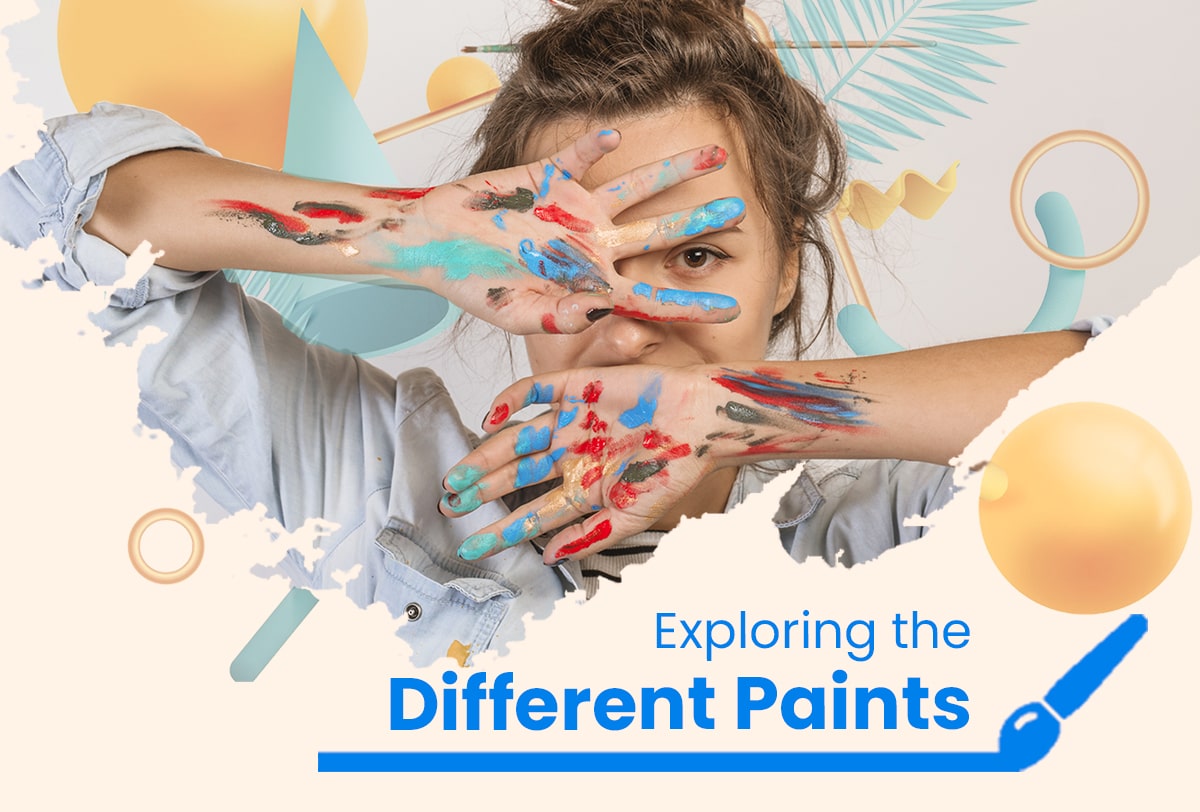
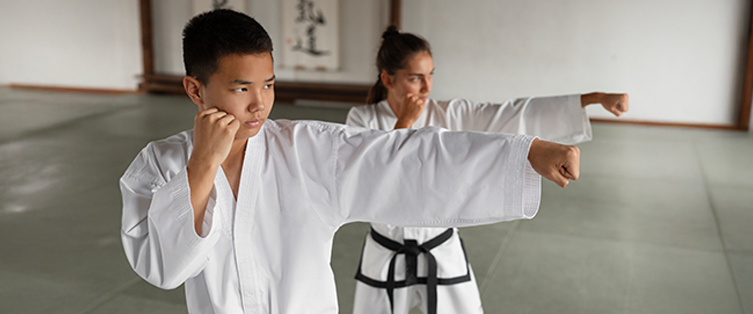


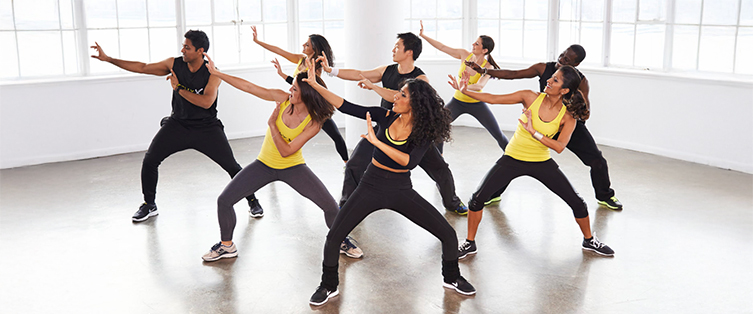
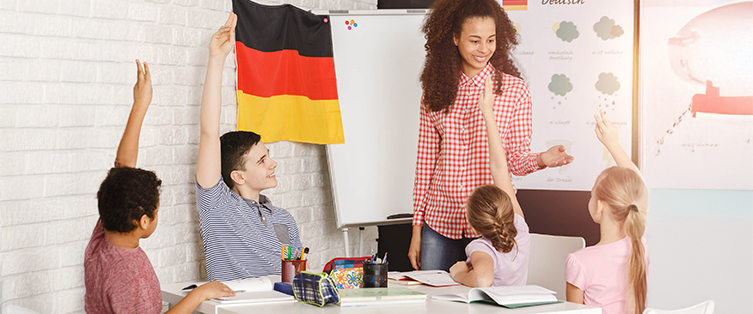

Leave a Reply